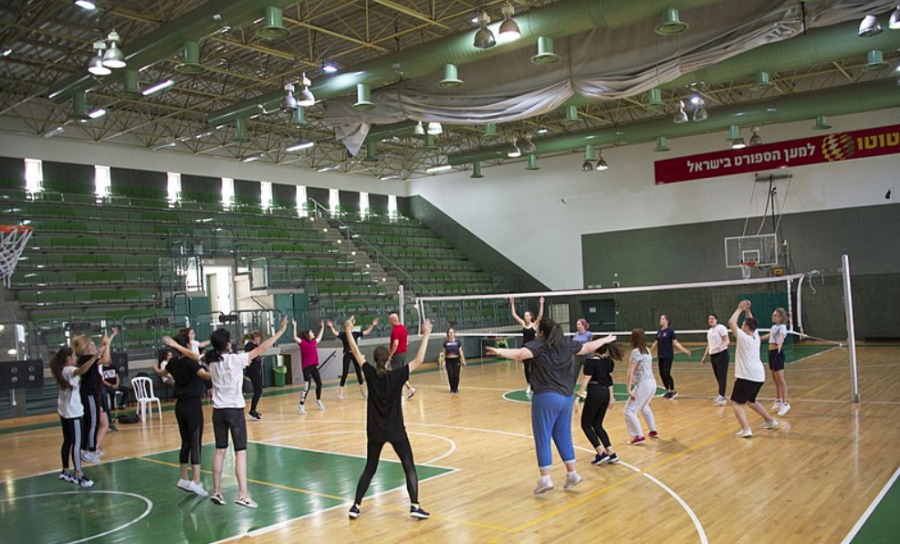Youth Sports Statistics
Youth sports are enjoyable for numerous kids, but they can also have many downsides.
January 15, 2021
Most people never realize the percentage of children who get hurt playing sports. Every year, 3.5 million children bleed and break bones for a game or activity. Sports contribute to nearly 21% of traumatic brain injuries in American children, aged 14 and below. While sports have their positives concerning self-esteem, positive body image, and proper physical conditioning, our culture needs to take a second look at how our kids compete.
Almost 50% of head injuries sustained in sports or recreational activities occur during bicycling, skateboarding, or skating incidents. Playground, sports, and bicycle-related injuries occur most often among children between ages 5 and 14 years old, and the highest rates of injury occur in sports that involve contact and collision. Statistics in 2009 showed football does the most damage, coming in at a shocking 215,000 injuries per year.
About 70% of children quit playing sports by age 13, simply because they no longer enjoy the competition. “It’s just not fun anymore,” Julianne W. Miner. Many children get hurt and quit because of traumatic injuries. It’s not nearly as enjoyable as soon as they are forced to endure the recovery and rehabilitation needed to return to their feet.
Injuries from overtraining can lead to pressure to perform, also causing children to quit sports. Demanding parents and coaches play a big part in students’ lives, and may be the cause of injuries or withdrawal from a sport. Though 20 million children register to play sports every year, participation has dropped by almost 10 percent.
About 45 million children play at least one sport each year, about 55% of children in America.
Almost 45% of children do not play sports at all, and since 2009 25% of parents withhold their children from playing any type of sport due to all around injury and concern. Children take up 40% of all sports injuries each year, about one in four injuries is considered serious.
On another note, lots of students refuse to or are scared to even play sports as a result of injury or just not being good enough. Children often think that they have to be the best to prove something, or make someone proud. ‘I have to be the best or I’ve failed,’ said Miner. Lots of children are anxious over the fact that they need to accomplish something, causing mental health concerns.
This can also lead to injury, some kids are so aggressive that they feel they have accomplished something by hurting other children.
Current data may show a considerable drop in youth sports-related injuries, as nearly 700,000 children have discontinued competitive sports because of Covid-19. Even though kids are going back to playing organized sports, kids were only half as physically active in September as they were before the coronavirus was declared a pandemic in March by the World Health Organization. On average, kids spent about 6 1/2 hours a week less on playing sports during the pandemic than before.
“The study highlights that young people have the right to play and should be provided with the opportunities to realize their right to physical and mental health and wellbeing,” says co-author Dr. Fiona Bull, WHO. “Strong political will and action can address the fact that four in every five adolescents do not experience the enjoyment and social, physical, and mental health benefits of regular physical activity.”
Even though sports can cause injuries and other risks, there are also benefits to playing sports, at any age. Children can make life-long friendships, have physical activity not causing them to be unhealthy, learn teamwork skills and boost self-esteem.






